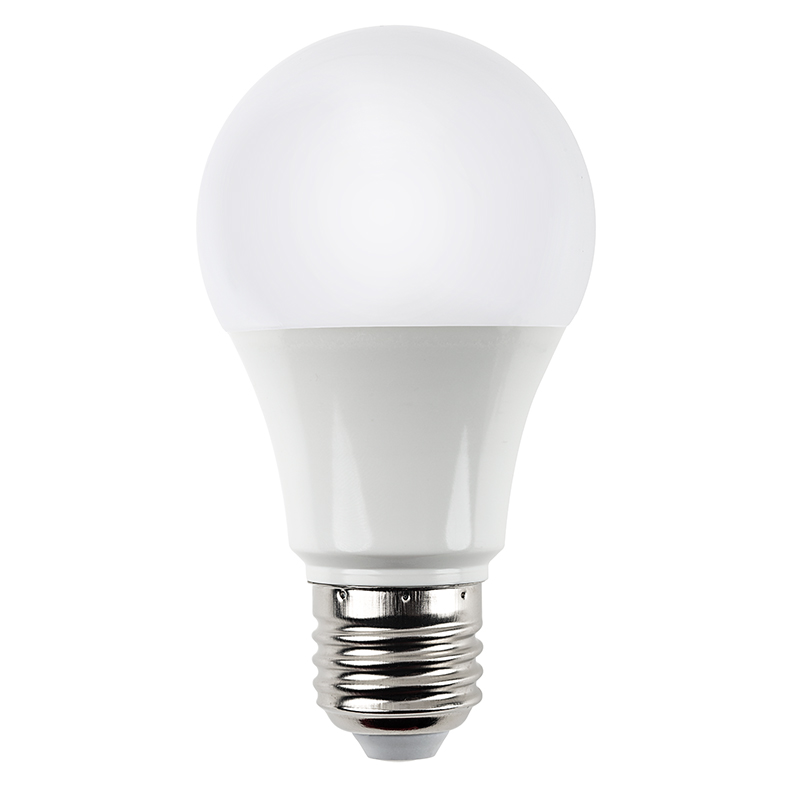

While it's more common for an oven to overshoot the temperature you set it at, we do also find models that struggle to get up to the right temperature. We sometimes come across ovens that soar to 220☌ when set at 180☌.

But, unfortunately, this doesn't mean they get the basics right. Today's ovens have all sorts of high-tech features to tempt you, including steam cooking and self-cleaning, and some can even be controlled remotely by an app on your phone. How can I check if my oven temperature is accurate? Some will offer two, though – a hotter temperature for traditional ovens and a cooler one for fans.

It's always worth double checking your recipe, as not adjusting the temperature to account for this effect can cause the outside of your food to cook too quickly and spoil your dish.Īs most appliances are fan ovens these days, you can usually assume that a recipe that only suggests one oven temperature is referring to fan ovens. This is because the fan circulates hot air around the inside of the oven and into the food, ensuring a more even temperature and food that's cooked more quickly. Why are fan oven temperatures lower?įan oven cooking temperatures are typically around 20☌ less than conventional ovens. Using our chart, you can quickly see that 180☌ is gas mark 4 and 200☌ is gas mark 6. If you own a gas cooker or gas oven, you will sometimes need to convert oven temperatures when cooking from a recipe, which is when our oven temperature conversion chart will come in handy. The gas mark is a temperature scale used on gas cookers and gas ovens in the UK, Ireland and some Commonwealth countries.
Wattage temperature conversion full#
A member of our team will be happy to help.Show full table Gas mark: what is 180 degrees in gas mark or 200 degrees in gas mark?
Wattage temperature conversion how to#
If you have additional questions on how to choose a surface heater for your application, contact us today. You can follow the same process to calculate how much wattage you’d need in a heater for any application. This equation gives the result of a total power of 0.028 kilowatts or 28 Watts. This calculation yields a Delta temperature of 90 degrees Fahrenheit.įor simplicity’s sake, you can set the desired heat-up time to one hour for this example. For this example, you can use 149 degrees Fahrenheit, which is the maximum temperature most solar cells can reach while still producing output efficiently. The next step is to calculate the difference between the starting temperature and the target temperature. Then you need to find the specific heat of aluminum, which is 0.21 BTUs per pound per degree Fahrenheit. In this example, let’s say it’s five pounds. The first step is to find the weight of the aluminum plate. Consider an aluminum plate that’s being used to heat a solar cell to determine its operating temperature range. Here’s an example of an application for which you’d need to calculate the required wattage. H = how long it should take to reach the temperature set point, in hours WT= the weight of the material to be heated, in lbs.Ĭp = the specific heat of the material to be heated, in BTU/lb☏ You can use the following formula to determine your required wattage. In order to determine whether a particular heater will perform well in your application, you must compare its wattage with your requirements.


 0 kommentar(er)
0 kommentar(er)
